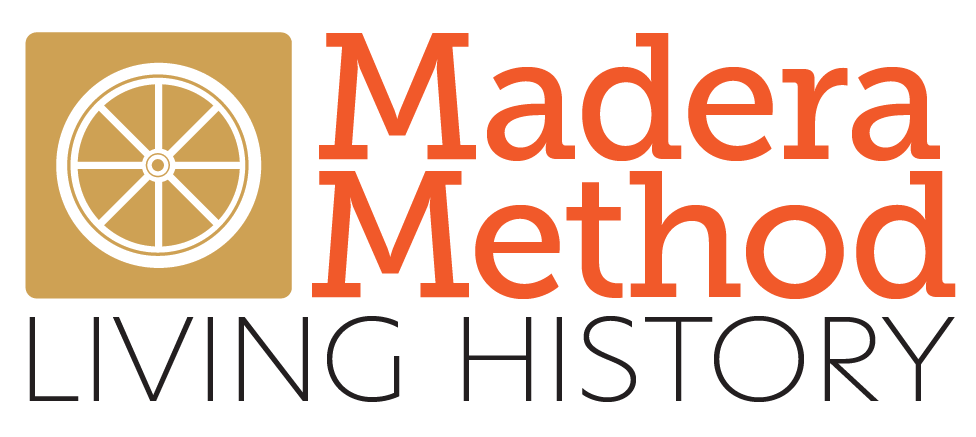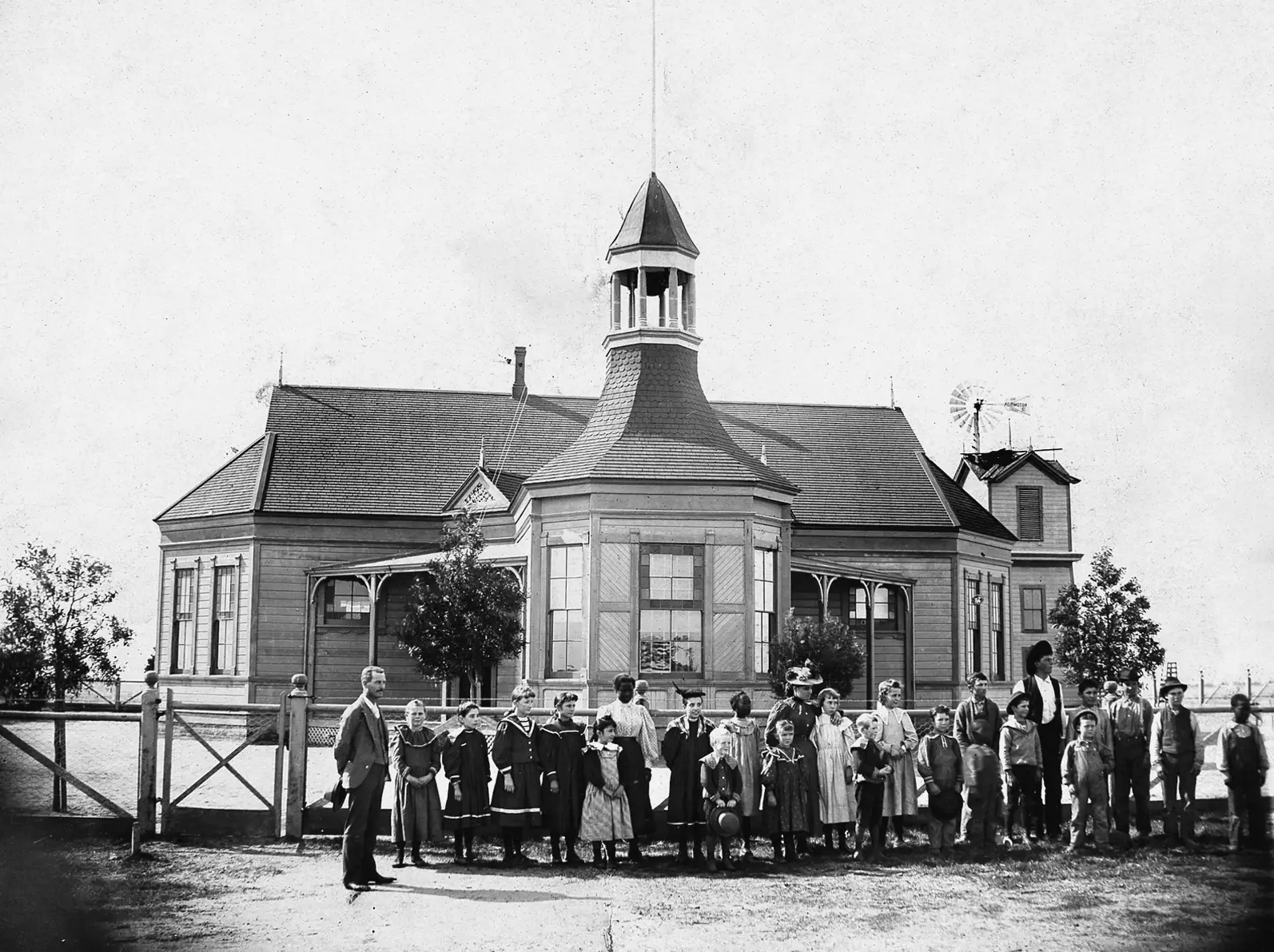There might be a few Madera County residents who remember J.G. Smale; he might even have some descendants here today. The chances are good, however, that there are none who recalls being in the classroom of this ubiquitous teacher, but he deserves to be remembered.
Smale was one of the few men who sought a career in education at a time when it was not “the manly thing to do.” Most of the male educators of the 19th century performed their tasks out of necessity, always looking for greener pastures.
Not so with Smale. He was a teacher, first, last, and always, and for 20 years he was a powerful force in our educational system.
Having been born in Canada, Smale was orphaned when he was just a lad and then raised by an uncle of his future wife. Early on, Smale wanted to be a teacher, so after high school, he enrolled in a normal school (a teacher training institution) in Toronto where he received a basic teaching certificate in 1884. After that, ill health brought him to California.
Smale came to Madera County in September 1896. He settled in Raymond where he became the town’s postmaster while he looked for a teaching position. The search didn’t last long. Before the year was out, he had nailed down a job at Berenda School.
Success quickly followed Smale, as he won not only the respect of his 25 students at Berenda, but also that of his school board, which included Herb Buchenau, John Vignolo, and Henry Crow. Smale served the Berenda School District for 3 years, after which he returned to the foothills to teach in the Knowles School, commonly known as the “Quarry School.”
The schoolhouse was situated near both the Knowles and McGilvray granite quarries, and most of the pupils were the children of men who labored for these firms. At the time that Smale entered upon his duties at Knowles School, most of the children were of Italian descent. This resulted in a much-talked-about the educational experiment. After regular school hours, Smale remained and taught conversational and written English to some 25 of the Italian parents. It was one of the first attempts at formal adult education in Madera County.
Following his service at the Knowles School, Smale moved to Fresno Flats (present-day Oakhurst) where he taught in the Fresno School District (Not to be confused with the town of Fresno in Fresno County). After Fresno Flats, Smale went to Daulton, Talbot, and finally Hawkins School. In 1916, he retired under the new California State Teacher’s Retirement System, being the 402nd educator to do so.
Smale was never a highly salaried person. At no time in his career was he paid more than $100 per month. Even allowing for the purchasing power of the dollar, raising a family of six on such a salary must have taxed Smale’s ingenuity.
There were, of course, no tenure laws when Smale taught, and he was not the only teacher who moved frequently during his career in Madera County. With the exception of teachers in the city of Madera, most county teachers were on the move year after year. The reason for such mobility is not known. It could have been financial, quarrels with the rural school boards, poor working conditions, or some combination thereof. Whatever the case, however, Smale persevered; he was a teacher.
In 1970, several of Smale’s former students were asked to reflect upon their mentor of days gone by. Sylvester Brown of Fresno, who attended Berenda School while Smale taught there, remembered that he was a “strict disciplinarian and a very business-like instructor.” Brown recalled that “you got your grade, or he made you stay until you did.” Michael O’meara recalled that Smale was “quite severe on the older boys, but he was always fair.”
Often Smale was called upon to straighten out an adult difficulty. Tom Jones, at one time a trustee at Hawkins School, is reported to have said in a public session, “We’ve got Smale, and by… we’re going to keep him for a thousand years.” Mattie Fry, who attended the school in the fifth grade, was impressed by Smale’s “produce or else” philosophy. No excuses were accepted.
For all of his sternness, J.G. Smale had a lighter side as well. One Madera County teacher who later became a member of the Board of Education loved to tell of her experience with Smale as he proctored a county examination to renew her license. According to the teacher, as he passed up the aisle beside her desk, Smale was asked, “Who wrote Ramona?”
J.G. is reported to have paused in his stride to reply, “Go to Hell’n hunt for it!” The teacher was very much miffed until, having handed in her paper, the light finally dawned. She had missed a golden opportunity. She discovered that Helen Hunt Jackson wrote “Ramona.”
One of Smale’s planning books reveals the careful preparation he put into each lesson. Numerous sample exercises and drills abound. In one instance, the students were asked to write essays on such subjects as The Raymond Granite Company, The San Joaquin Light and Power Company, and the Madera Flume and Trading Company.
J.G. Smale would probably not recognize public education today, just as it does not recognize him. Nevertheless, he was a teacher. He touched the lives of hundreds of young people, and in so doing, changed the world. Like the concentric ripples emanating from the rock thrown in the pond, his influence continues whether he gets credit for it or not.
Originally published in the Madera Tribune




